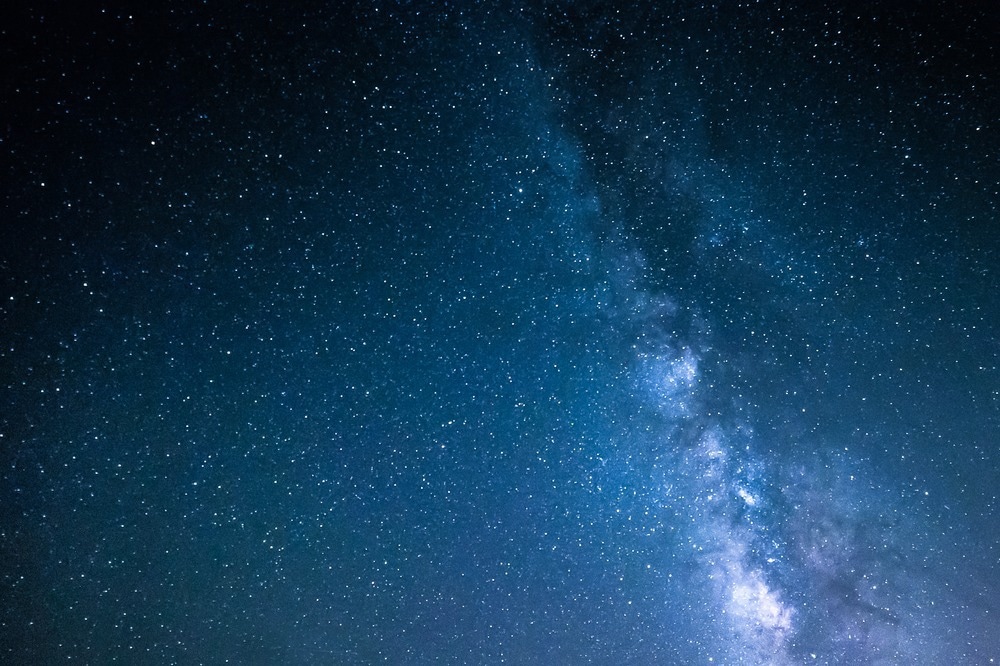Based on TESS, LAMOST, and Gaia data, a team of researchers from the Yunnan Observatories of the Chinese Academy of Sciences (CAS) led by Dr. Xiangdong Shi and Prof. Shengbang Qian has discovered 155 massive pulsating stars or candidates.

Image Credit: lif3vil/Shutterstock.com
The study was published on March 15th, 2023, in The Astrophysical Journal Supplement Series.
O- and B-type stars, which have a high mass, temperature, and luminosity, are typically referred to as massive stars. They are connected to several significant objects and physical processes, including gravitational wave events, supernovae, neutron stars, and black holes.
Asteroseismology can provide information on the interior structure of certain objects, such as massive pulsating stars. The only two recognized classifications for massive pulsating stars in the upper main sequence are slowly pulsating B (SPB) stars and β Cephei pulsating (BCEP) stars. However, due to observational limitations, only a small number of these objects have been found thus far.
From the data collected by TESS, LAMOST, and Gaia, the researchers discovered 155 OB-type pulsating stars or candidates in this study, including 38 almost-new Oe/Be stars. 155 objects were examined, and 87 samples were determined to be SPB stars, 14 samples to be BCEP stars, 52 samples to be candidates of them, and two samples to be specific objects having the characteristics of both SPB and BCEP stars.
The identification of these targets opens up the possibility of using massive pulsating stars as a standard measure for distances.
Additionally, the study develops the initial findings of the period-luminosity (P-L) relation for SPB and BCEP stars, respectively, and shows that in addition to the H-R diagram, the period-temperature (P-T) and P-L diagrams are also very helpful for classifying SPB and BCEP stars.
Journal Reference
Shi, X. D., et al. (2023) Observational Properties of 155 O- and B-type Massive Pulsating Stars. Nature Communications. doi:10.3847/1538-4365/acba91.